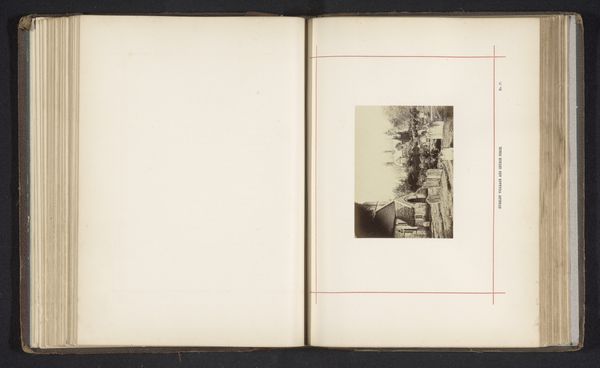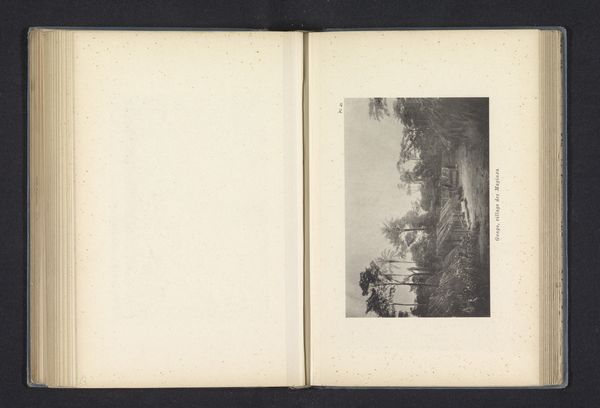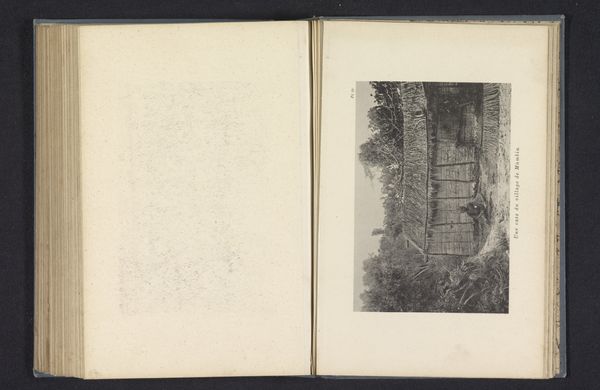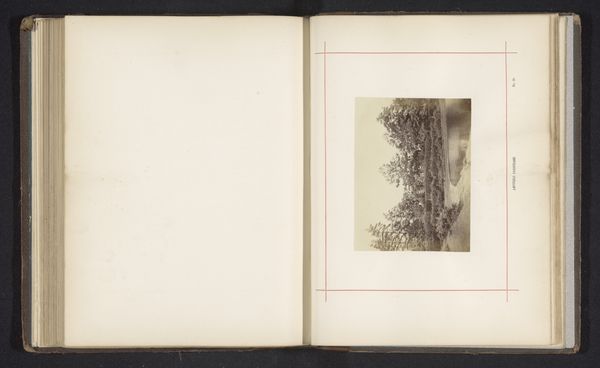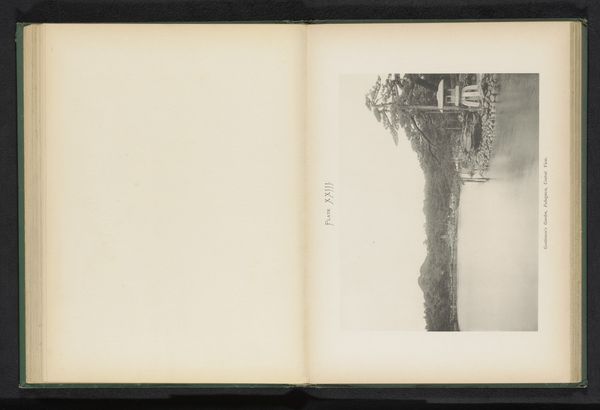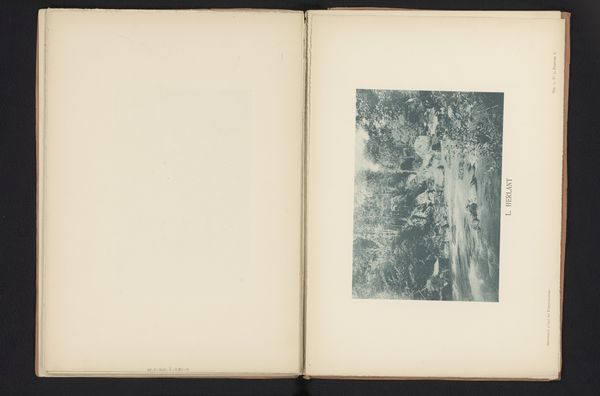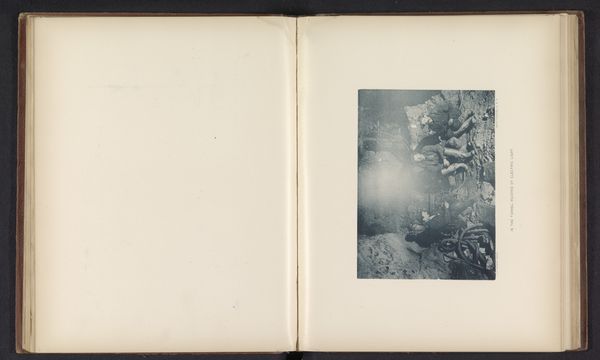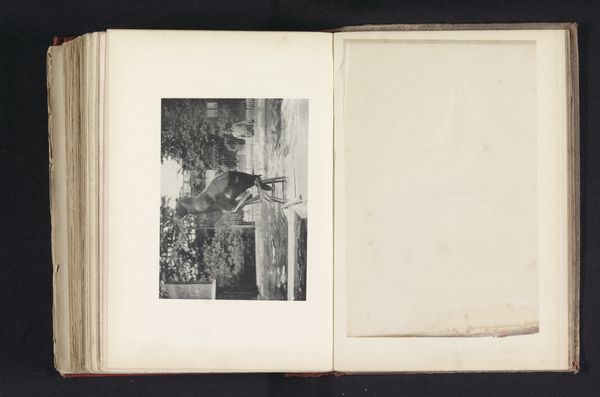
photography
#
aged paper
#
homemade paper
#
ink paper printed
#
hand drawn type
#
landscape
#
paper texture
#
photography
#
hand-drawn typeface
#
fading type
#
thick font
#
delicate typography
#
historical font
Dimensions: height 89 mm, width 119 mm
Copyright: Rijks Museum: Open Domain
William Savage created this print of a parsonage in Southrop. We can read this image as more than just a depiction of a building; it offers a glimpse into the social fabric of 19th-century England. The parsonage, a symbol of the Church's presence in rural life, was often at the center of local power dynamics. Savage’s choice to depict it suggests an interest in these social structures. Was he making a statement about the Church's role, or simply documenting a common sight? Looking closer, you might consider what the architecture conveys about the parson’s status and how the surrounding landscape reflects ideas about property, labor, and social class. To truly understand this image, we need to consider the historical context. Researching local records, church documents, and social histories of the time could reveal layers of meaning. Art, after all, doesn't exist in a vacuum; it's a product of its time and place.
Comments
No comments
Be the first to comment and join the conversation on the ultimate creative platform.

